Kaitlyn Weaver and Andrew Poje look to push the limits with intense and detailed focused programs
It was a box from Sochi, something that she had mailed to herself because she had just collected too much when she was at the Olympic Games to fit her suitcase heading home. She had sent it home on a barge, chugging its way across seas and oceans, and told it would arrive in June. Okay, so it had arrived a little later. But the contents were all intact: newsletters from Sochi, fan gifts, little things, all important enough to keep.
“It was like a time capsule of Olympic memories,” said Poje. “We started thinking about the Olympics and what an amazing experience it was for us, to realize that childhood dream of being at the Games, representing your country in front of that world audience.”
Weaver said the Olympics are addictive. “It’s just everything you dream it will be and more.” A month later, they had even more memories to add to a memorable year: their silver medal at the world championships, only .02 points away from gold. In Saitama, Japan, they had truly arrived.
But in the four or five months since that package of memories arrived from Sochi, Weaver and Poje have pushed on to the next adventure. “We’re not in the shadows anymore,” Weaver said. The silver medal has given them confidence, too. “It felt like we were in the top group and we want to be at the top and continue to be up there, because it was a good feeling,” Poje said. It also puts pressure on them, he said, to put their own mark on the sport.
What could they possibly do for an encore after the brilliant routines of the past couple of years: “Je suis Malade” and “Maria de Buenos Aires?”
It was difficult finding music for the free dance, Poje admitted. “We wanted this year to come out and to show people that we want to be at the top and we want to be strong, and we want to show a new style of ourselves,” he said.
Before they left on two weeks of holidays in the spring, they showed up at the home of coaches Anjelika Krylova and Pasquale Camerlengo, intent on listening to music. But they were met at the door by their coaches, announcing that they had found their short program music. And that was that.
They love it: it’s a classical piece of Paso Doble that has flamenco mixed into it. The music, said Poje, speaks of the statuesque bearing of the matador, but it’s graceful, too. Weaver and Poje love Latin rhythms. It should be interesting to see how teams adjust to the new International Skating Union rules that call for one of the two compulsory dance patterns to be creative.
“It gives us the ability to bring out our own style and flair to the Paso pattern, while still keeping the key points of the compulsory dance in there,” Poje said. “We like to push ourselves.”
Camerlengo choreographed the piece and Weaver and Poje worked with a ballroom dancer for the style.
Finding the free dance music was more challenging. But choreographer Shae-Lynn Bourne found the perfect piece of music to allow Weaver and Poje to take their next step: Vivaldi’s “Four Seasons.”
But it’s not your normal “Four Seasons.” It’s not the iconic, classical piece so oft-used by many skaters. This version has been recomposed by Max Richter, a young German-born British composer, considered one of the most influential of the past decade. Classically trained, Richter adds a contemporary interpretation to his music, clearly influenced by electronica. Some have called his work “achingly gorgeous.”
This version premiered in Britain two years ago. Richter notes that he discarded 75 per cent of Vivaldi’s original material. Richter takes his favourite bits and makes new objects out of them in a way that pleases him by subtly weaving delicate electronic touches into them. The result is an enchanting sound.
“Shae-Lynn always seems to know the right step for us,” Weaver said. “She told us that it has weight. It’s dignified and it’s something that will show many different facets of our skating.”
This piece is very challenging to perform. “We’re working on it a lot right now,” Weaver said. “It’s very technically demanding, which is a good thing, because we are trying to up our game in every aspect.” They haven’t done a classical routine like this before, and they believe it will take them to the next level in their career.
“At this point, we need to reinvent ourselves and show a bigger, stronger Kaitlyn and Andrew than ever seen before,” Weaver said. “I think this program can do that. It’s intense. It’s dramatic and it shows what we’re best at.”
Weaver and Poje intend to do a senior B international competition before they start up the Grand Prix season at Skate Canada in Kelowna, B.C. in late October. Last year they did the U.S. Figure Skating Classic at Salt Lake City and were grateful to get early feedback. But this year, it may not necessarily be Salt Lake. There is also a new senior international B competition in October in Barrie, Ont.
For now, they are paying attention to every detail, leaving no stone unturned. “We’re fully committed,” Weaver said. Their coaches are, too. Every day, they hear: “It’s not good enough.” They are pushing themselves. “Our coaching team says we’re that close,” Weaver said. “We’re going to make it so that [finishing second] doesn’t happen again.”
It’s exhausting, but also very exciting and motivating, Weaver said. They still have so much room to grow in so many areas. “I feel like we’re just starting,” Poje said.

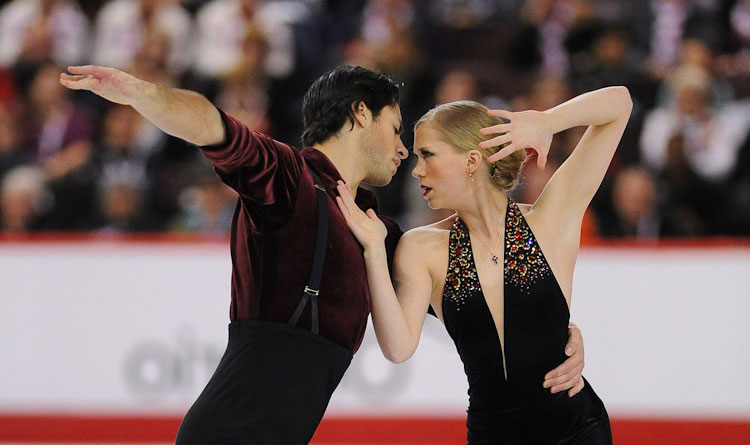
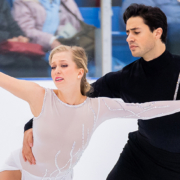
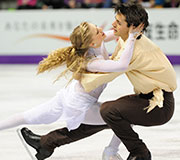
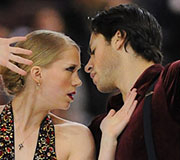
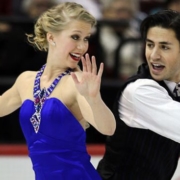
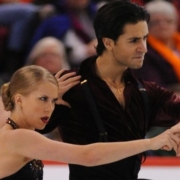
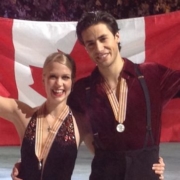
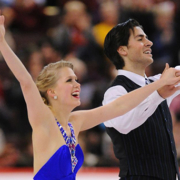
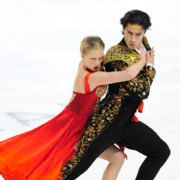


Leave a Reply
Want to join the discussion?Feel free to contribute!